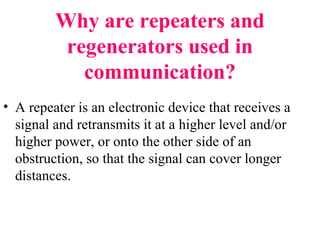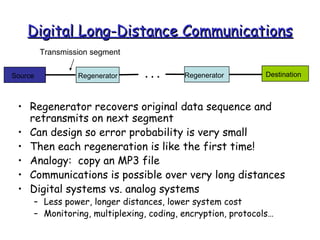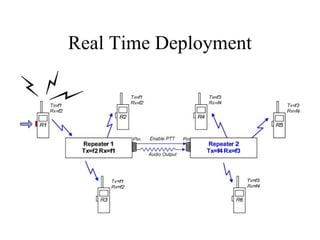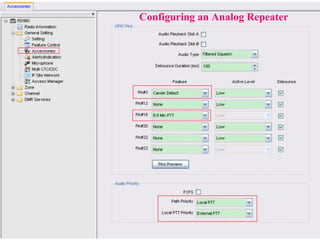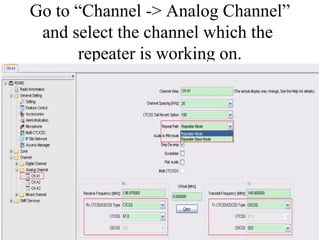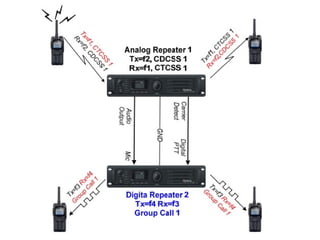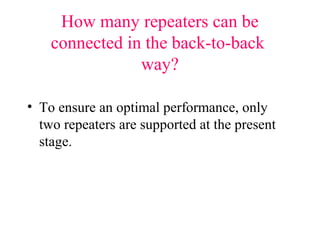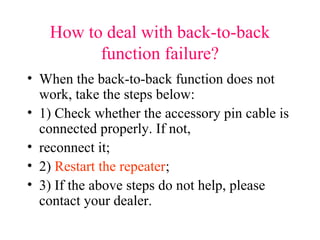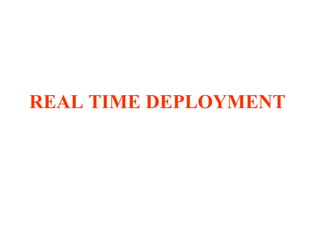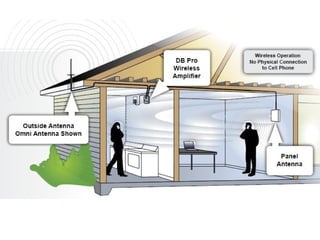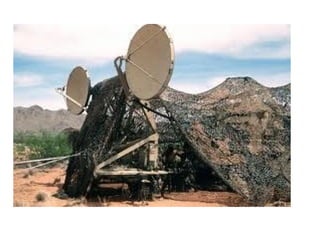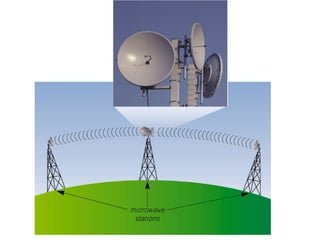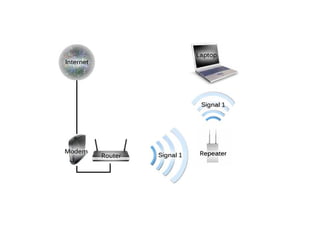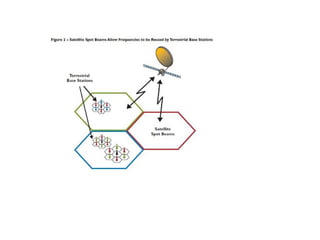- 1. REPEATERS @ FISAT
FISAT = Wi- Fi HOT SPOT
- 3. POWERSTATUSGND
- 8. 5 GHz ANT 1
- 26. Repeater
AJAL. A. J
Assistant Professor –Dept of ECE,
Federal Institute of Science And
Technology (FISAT) TM
MAIL: ec2reach@gmail.com
- 27. The Wireless Revolution
• A Radio Communications Link
Transmitter Receiver
Antenna Antenna
Transmission Line Transmission Line
Radio Waves
- 28. Telephone Switching
Source: bchs.kearney.net/ BTales_198302.htm
Laura Robbins and Maud Ware at telephone switchboard 1910
- 29. The Role of the Internet
Telegraph Key and Sounder Image from: www.jerry-howell.com/ Telegraph.html
Telegraph Relay Office Image from:
http://www.coloradoplains.com/otero/souvenir/page23.htm
Telegraph Key and Sounder Telegraph Relay Office
• The Telegraph and Message Switching
- 31. 1• 1) In digital communication systems, a repeater is a device that
receives a digital signal on an electromagnetic or optical
transmission medium and regenerates the signal along the next leg
of the medium. In electromagnetic media, repeaters overcome
the attenuation caused by free-space electromagnetic-field
divergence or cable loss. A series of repeaters make possible the
extension of a signal over a distance.
• Repeaters remove the unwanted noise in an incoming
signal. Unlike an analog signal, the original digital signal, even if
weak or distorted, can be clearly perceived and restored. With
analog transmission, signals are restrengthened
with amplifiers which unfortunately also amplify noise as well as
information.
- 32. 2• 2) In a wireless communications system, a repeater
consists of a radio receiver, an amplifier, a transmitter, an
isolator, and two antennas. The transmitter produces a
signal on a frequency that differs from the received signal.
This so-called frequency offset is necessary to prevent the
strong transmitted signal from disabling the receiver. The
isolator provides additional protection in this respect.
• A repeater, when strategically located on top of a high
building or a mountain, can greatly enhance the
performance of a wireless network by allowing
communications over distances much greater than
would be possible without it.
- 33. 3
• 3) In satellite wireless, a repeater (more
frequently called a transponder) receives
uplink signals and retransmits them, often
on different frequencies, to destination
locations.
- 34. 4• 4) In a cellular telephone system, a
repeater is one of a group of transceivers in
a geographic area that collectively serve a
system user.
- 35. 5
• 5) In a fiber optic network, a repeater consists of
a photocell, an amplifier, and a light-emitting
diode (LED) or infrared-emitting diode (IRED) for
each light or IR signal that requires amplification.
Fiber optic repeaters operate at power levels
much lower than wireless repeaters, and are also
much simpler and cheaper. However, their design
requires careful attention to ensure that internal
circuit noise is minimized.
- 36. 6• 6) Repeaters are commonly used by
commercial and amateur radio operators
to extend signals in the radio frequency
range from one receiver to another. These
consist of drop repeaters, similar to the
cells in cellular radio, and hub repeaters,
which receive and retransmit signals from
and to a number of directions.
- 37. 7• 7) A bus repeater links one
computer bus to a bus in another
computer chassis, essentially chaining one
computer to another.
- 38. Wireless PropagationWireless Propagation
Ground WaveGround Wave
- 39. Wireless PropagationWireless Propagation
Sky WaveSky Wave
- 40. Wireless PropagationWireless Propagation
Line of SightLine of Sight
1.Above 30 MHz, neither ground wave nor sky wave propagation modes operate, and communication must be by line of sight
2. For satellite communication, a signal above 30 MHz is not reflected by the ionosphere and therefore a signal
can be transmitted between an earth station and a satellite overhead that is not beyond the horizon.
3. For ground-based communication, the transmitting and receiving antennas must be within an effective line of sight of each other.
The term effective is used because microwaves are bent or refracted by the atmosphere.
The amount and even the direction of the bend depends on conditions, but generally microwaves are bent with the curvature of the earth and will therefore
propagate farther than the optical line of sight. In this book, we are almost exclusively concerned with LOS communications.
- 41. Multipath InterferenceMultipath Interference
- 43. HISTORY
• The term "repeater" originated
with telegraphy in the 19th century, and
referred to an electromechanical device
used to regenerate telegraph signals.
• Use of the term has continued
in telephony and data communications.
- 44. mechanically coupled carbon microphones
• Before the invention of electronic amplifiers,
mechanically coupled carbon microphones were
used as amplifiers in telephone repeaters.
- 45. negative resistance mercury lamps
• After the turn of the century it was found that
negative resistance mercury lamps could amplify,
and they were used.
- 46. @ 1916
• The invention of audion tube repeaters
around 1916 made transcontinental
telephony practical.
In 1916, he broadcast the first radio advertising (for his products),
was the first to report presidential election results via radio and
led the first radio broadcast of music.
SERVICE 2 SOCIETY
- 47. • De Forest is one of the fathers of the "electronic age", as the
Audion helped to usher in the widespread use of electronics.
Born : August 26, 1873
Council Bluffs, Iowa
Died: June 30, 1961 (aged 87)
Hollywood, California
Spouse (s)
Lucille Sheardown
(m.1906; divorced)
Nora Stanton Blatch Barney
(m.1907-1911; divorced)
Mary Mayo
(m.1912-?; divorced)
Marie Mosquini
(m.1930-1961; his death)
- 48. This vacuum tube was a device that allowed a voice to be amplified.
- 51. Marie De ForestWIFE
- 52. http://www.findagrave.com/cgi-
bin/fg.cgi?page=gr&GRid=271
• He is credited with inventing talking movies. His
inventions led him to be dragged through several
legal battles concerning patent conflicts and
investor concerns.
• He won in the courts, but the cases took their toll
in his professional life as many of his colleagues
lost their trust in him.
• However, in 1959 he was awarded an Academy
Award for “his pioneering inventions which
brought sound to the motion picture” and is
recognized by many as the "Father of Radio."
- 53. @ 1930
• In the 1930s vacuum tube repeaters
using hybrid coils became common place,
allowing the use of thinner wires.
- 54. 1950
• In the 1950s negative impedance gain
devices were more popular, and a
transistorized version called the E6
repeater was the final major type used
in the Bell System before the low cost
of digital transmission made
all voiceband repeaters obsolete.
- 55. late 20th century
• Frequency frogging repeaters were
commonplace in frequency-division
multiplexing systems from the middle to late
20th century.
• In telecommunication, the term frequency frogging has the
following meanings:
1. The interchanging of the frequencies of carrier channels to
accomplish specific purposes, such as to prevent feedback and
oscillation, to reduce crosstalk, and to correct for a
high frequency response slope in the transmission line.
2. In microwave radio relay systems, the alternate use of two
frequencies at repeater sites to prevent feedback and oscillation.
- 56. REAL TIME DEPLOYMENT
- 68. Break Time For queries –
10 minutes
- 69. In telecommunications, a repeater is an electronic device that receives
a signal and retransmits it at a higher level or higher power, or onto the other side of an
obstruction, so that the signal can cover longer distances.
- 70. In telecommunication, the term repeater has the
following standardized meanings:
1. An analog device that amplifies an
input signal regardless of its nature
(analog or digital).
2. A digital device that amplifies, reshapes,
retimes, or performs a combination of any
of these functions on a digital input signal
for retransmission.
- 71. digital repeaters are used to attain greater
distances.
The digital repeater receives the digital
signal, recovers the patterns of 0’s and 1’s
and retransmits a new digital signal.
Digital Transmissions
- 72. "digipeater"
• A "digipeater" is a blend meaning "digital
repeater", particularly used in amateur
radio.
• Store and forward digipeaters generally
receive a packet radio transmission and then
retransmit it on the same frequency, unlike
repeaters that receive on one and transmit
on another frequency.
- 73. The first layer of the OSI model
• In computer networking, because repeaters
work with the actual physical signal, and do
not attempt to interpret the data being
transmitted, they operate on the physical
layer, the first layer of the OSI model.
- 75. Receiver
Communication channel
Transmitter
Transmission System
Input signal Output signal
- 76. Attenuated & distorted signal
+
noise
Equalizer
Recovered signal
+
residual noise
Amplifier
Amp.
Analog Transmission
- 77. Source Amplifier DestinationAmplifier
Analog Transmission
Source Repeater DestinationRepeater
Digital Transmission
- 78. Amplifier
Equalizer
Timing
Recovery
Decision Circuit.
& Signal
Regenerator
Digital Transmission
Repeater (digital signal)
- 79. @ OPTICAL COMMUNICATION
- 81. The Context –
communication devices and underlying networks
network protocol
data link
physical
Router
data link
physical
application
transport
network
data link
physical
Host
application
transport
network
data link
physical
Host
data flow
MAC (data link)
physical
Bridge/Switch
physical
WAN LAN
e.g. Gigabit Ethernet
- fibre optic cable
e.g. 100BaseTx
-CAT 5, 802.11
e.g. PSTN – modem, satellite,
TDM point-to-point leased line
ATM, Frame Relay, X.25,
CDMA (e.g. CDMA-1X), etc.
- 82. Single Repeater
- 83. Microwave Link
Now the frequency is shifted to µwave range
Same frequency
- 84. Internet Gateway Relay
- 85. Advantages
1. Makes it easy to expand a network over a
large distance.
2. Connection between various types of
media
[e.g. fibre optic, UTF, coaxial cable] is
possible.
Unicode Transformation Format
- 86. Disadvantages
1. Traffic cannot be filtered to ease congestion.
2. A repeater cannot work across multiple
network architectures.
- 87. Why are repeaters and
regenerators used in
communication?
• A repeater is an electronic device that receives a
signal and retransmits it at a higher level and/or
higher power, or onto the other side of an
obstruction, so that the signal can cover longer
distances.
- 88. Analog Long-Distance CommunicationsAnalog Long-Distance Communications
• Each repeater attempts to restore analog signal to its
original form
• Restoration is imperfect
– Distortion is not completely eliminated
– Noise & interference is only partially removed
• Signal quality decreases with # of repeaters
• Communications is distance-limited
• Still used in analog cable TV systems
• Analogy: Copy a song using a cassette recorder
Source DestinationRepeater
Transmission segment
Repeater. . .
- 89. Digital Long-Distance CommunicationsDigital Long-Distance Communications
• Regenerator recovers original data sequence and
retransmits on next segment
• Can design so error probability is very small
• Then each regeneration is like the first time!
• Analogy: copy an MP3 file
• Communications is possible over very long distances
• Digital systems vs. analog systems
– Less power, longer distances, lower system cost
– Monitoring, multiplexing, coding, encryption, protocols…
Source DestinationRegenerator
Transmission segment
Regenerator. . .
- 90. Real Time Deployment
- 91. Analog-Analog Repeaters
- 92. Analog-Digital Repeaters
- 93. Digital-Digital Repeaters
- 94. Configuring an Analog Repeater
- 95. Go to “Channel -> Analog Channel”
and select the channel which the
repeater is working on.
- 97. How many repeaters can be
connected in the back-to-back
way?
• To ensure an optimal performance, only
two repeaters are supported at the present
stage.
- 98. Can the communication go with the
same frequency?
• It is recommended to use different
frequencies to avoid signal interference.
- 99. How to deal with back-to-back
function failure?
• When the back-to-back function does not
work, take the steps below:
• 1) Check whether the accessory pin cable is
connected properly. If not,
• reconnect it;
• 2) Restart the repeater;
• 3) If the above steps do not help, please
contact your dealer.
- 100. REAL TIME DEPLOYMENT
- 106. Alaska
- 107. Alaska

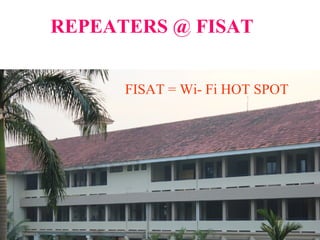
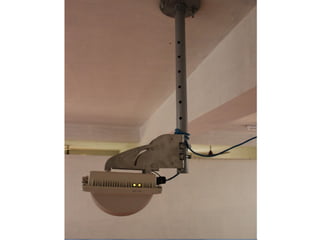



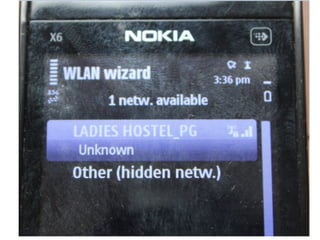
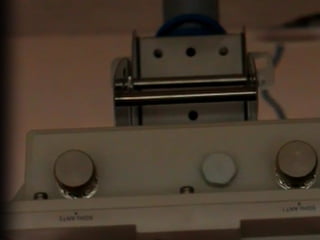
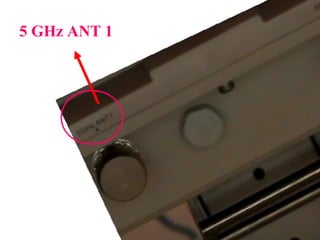

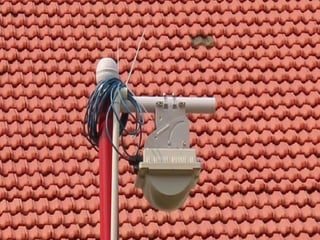
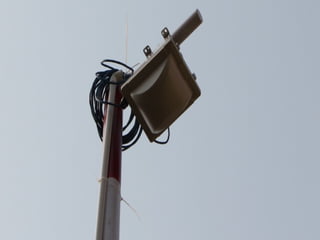
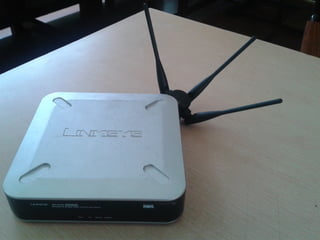
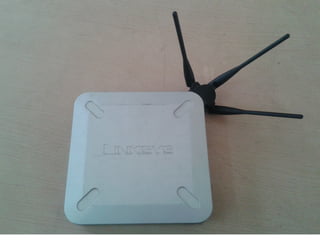
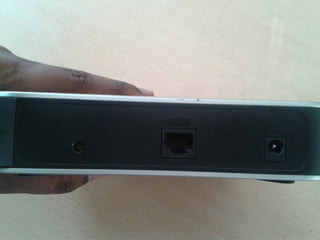

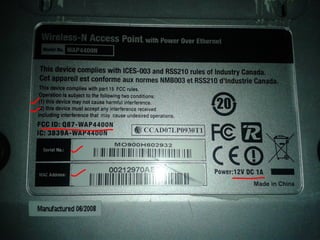


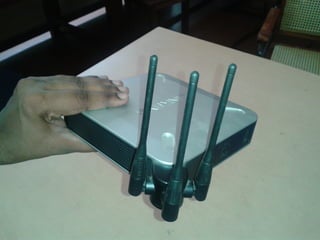

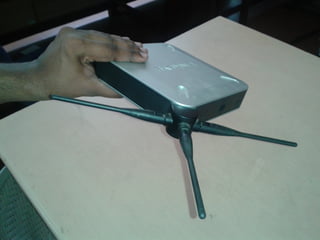

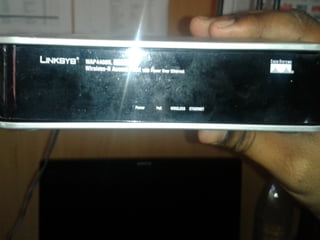
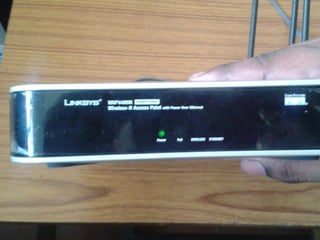


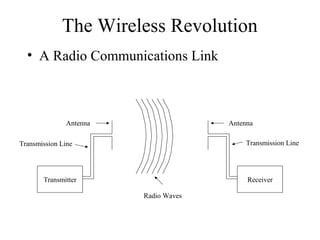

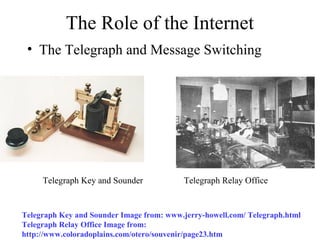

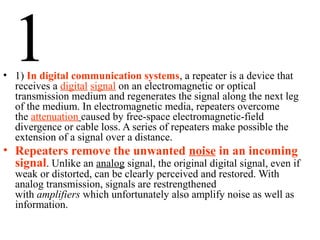

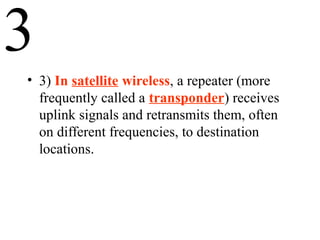
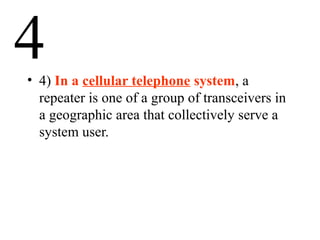





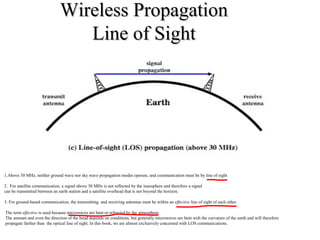
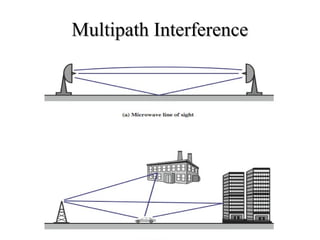
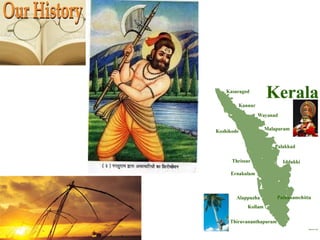

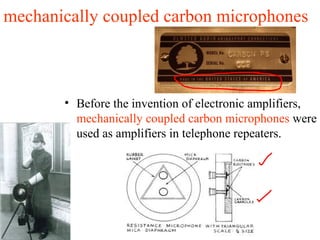



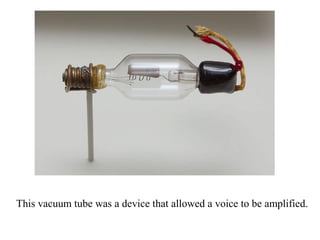

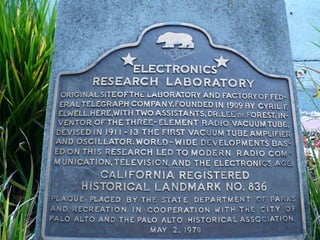

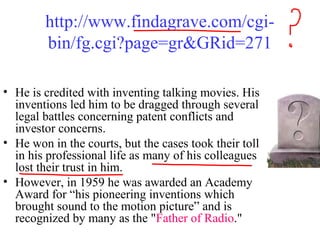

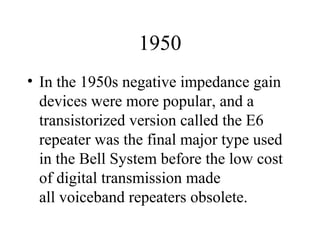
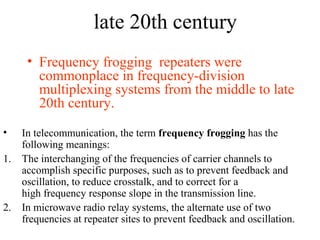
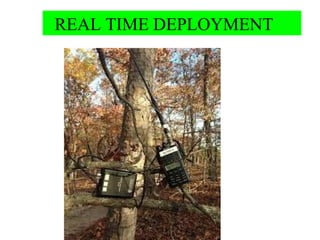
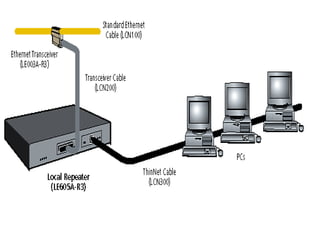
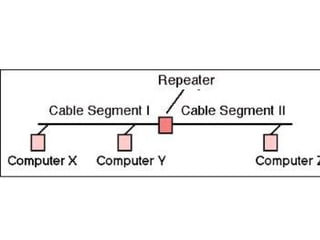
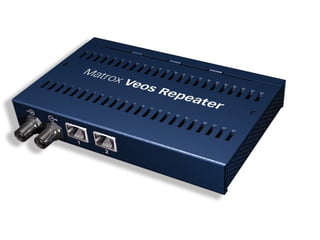



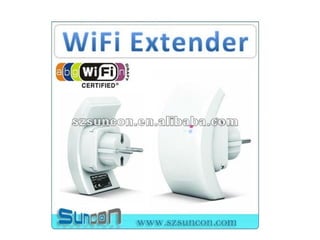
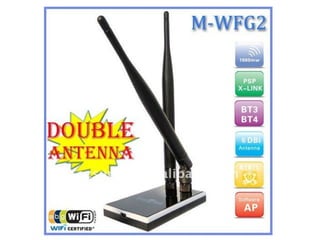
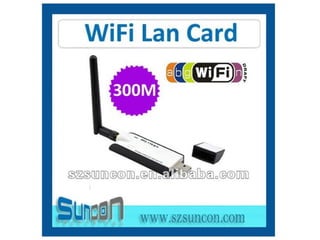

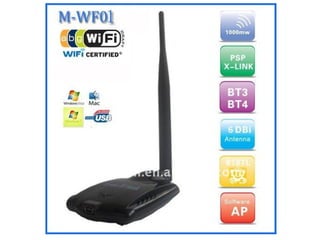
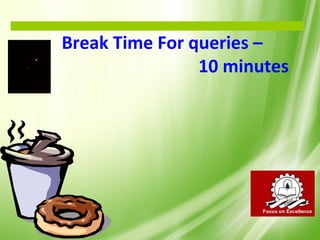
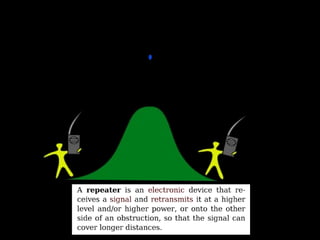







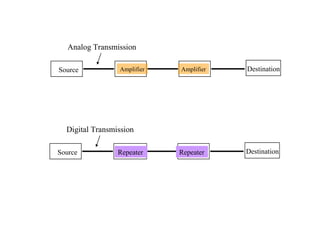



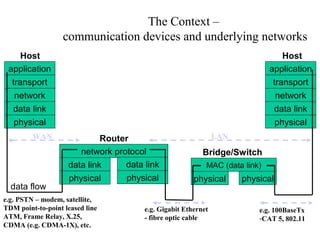



![Advantages
1. Makes it easy to expand a network over a
large distance.
2. Connection between various types of
media
[e.g. fibre optic, UTF, coaxial cable] is
possible.
Unicode Transformation Format](https://image.slidesharecdn.com/repeaterreal-140820193359-phpapp01/85/Repeater-85-320.jpg)

